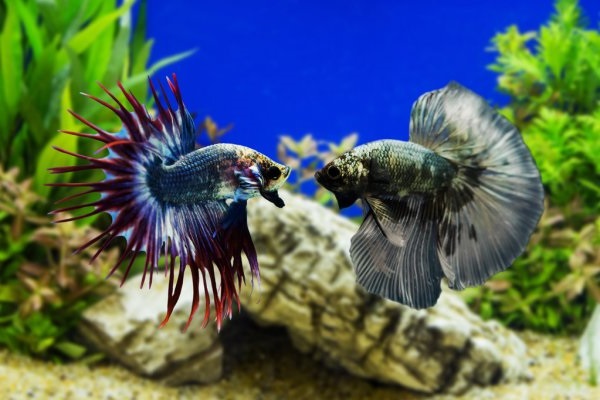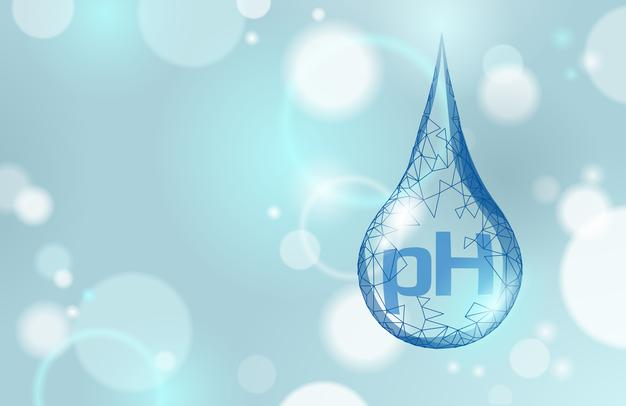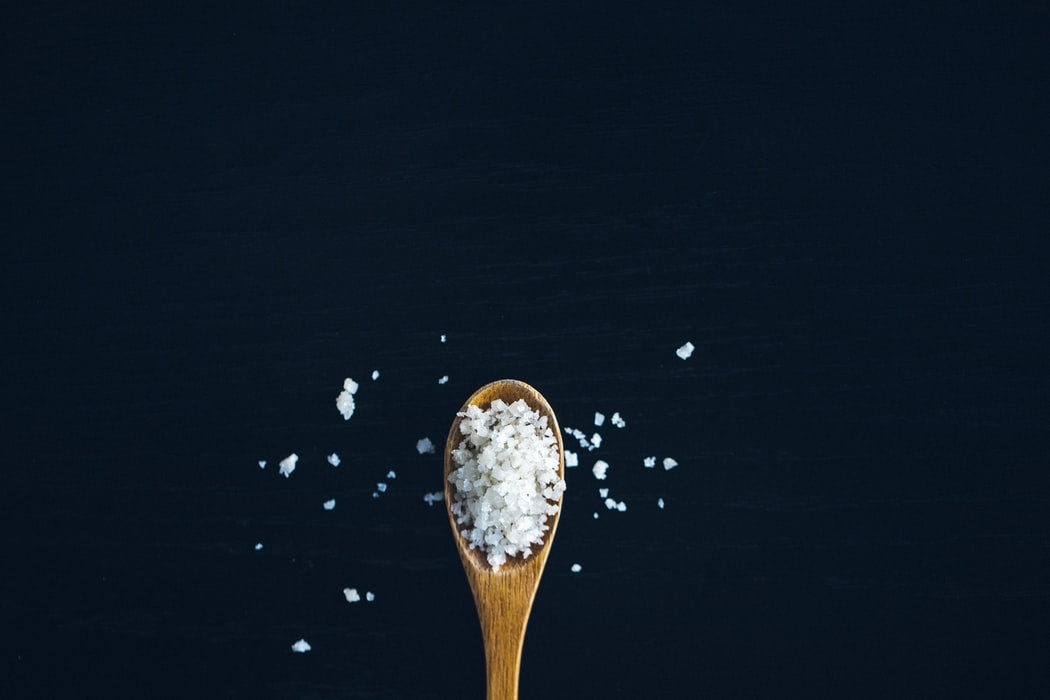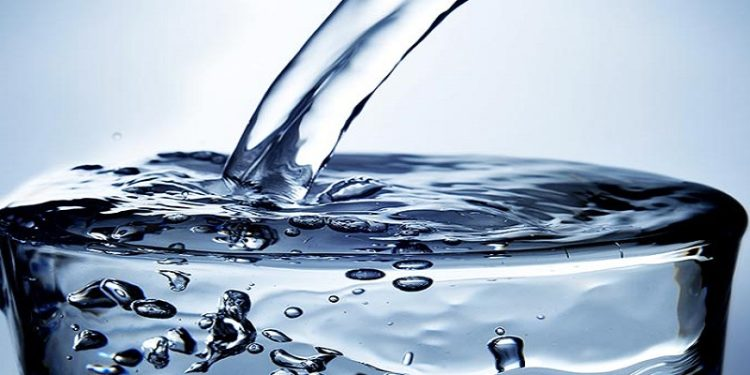15 questions about drinking water RO filtration system for your family
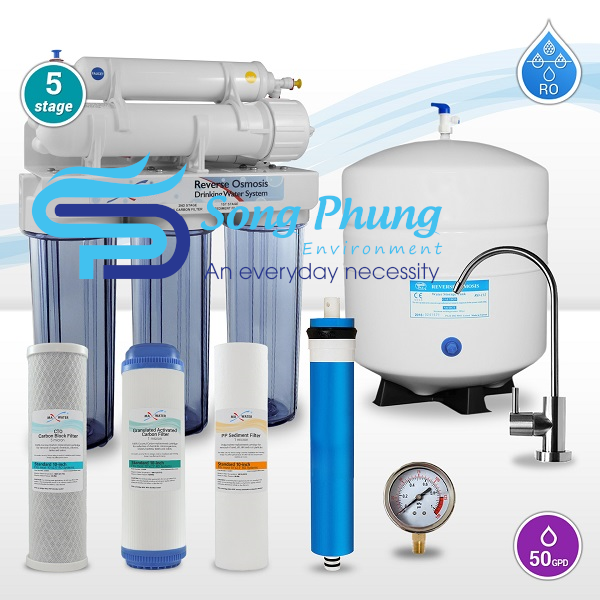
You’re fed up with the unpleasant smell or taste of tap water in your home, but you don’t want to keep buying bottled water and you don’t have to remember to always keep one of those containers full.
Wouldn’t it be convenient if you could get pure drinking water right from the tap? More and more homeowners are installing reverse osmosis RO filtration systems to improve drinking water quality in a convenient and cost-effective way. However, if you are not familiar with reverse osmosis (R.O) drinking water systems, you may have questions that are not always available to a salesperson.
Here are 15 answers to help you understand how R.O. The system offers unique solutions to household drinking water problems.
1. What is a reverse osmosis system and how does it work?
Reverse osmosis is a water treatment process that takes clean water and filters out impurities by forcing the solution through a semi-permeable membrane, creating clean, refreshing drinking water.
Reverse osmosis systems go through a series of steps before being stored for use. There is carbon filtration before and after the water is forced through the membrane. There is also a pressure vessel containing filtered water and a faucet for drinking water for preparation.
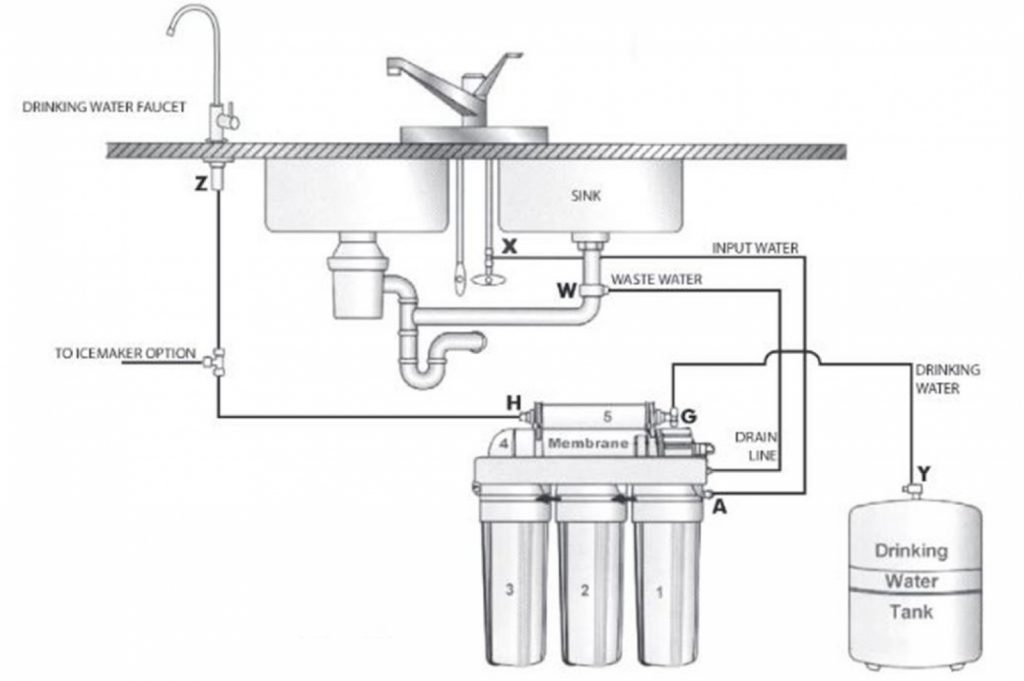
2. What does a reverse osmosis RO filtration system remove?
Semi-permeable membrane in the R.O. the system allows water molecules to move through small holes, but it prevents other molecules from passing, including sodium which your home water softener may have added to remove calcium and magnesium through ion exchange.
Reverse osmosis is also an effective way to filter out potentially harmful pollutants including:
- Lead
- Arsenic (arsenic)
- Copper
- Nitrates and Nitrites
- Chromium
- Fluoride
- Radium
- Bari
- Cadmium
- Cysts (cryptosporidium)
- Total Dissolved Solids (TDS)
- Salinity
- Bacteria
The carbon core pre-filtration process also removes residual chlorine, which can be added by your municipal water company and can make drinking water taste like pool water.
3. How is an osmosic RO filtration system different from other types of water filters?
There are several key differences between reverse osmosis and other filtration method options to improve drinking water.
Conventional water filters use carbon filters. In essence, basic carbon filtration can improve the taste and smell of water, but it is not as effective as reverse osmosis at removing impurities that cannot be absorbed, such as lead, TDS or nitrates.
Distillation is another form of water treatment that you can consider. When the water is distilled, it is boiled, and the remaining steam is condensed and used for drinking. Distillation removes contaminants that have a higher boiling point than water, but by no means eliminates all chemicals. Chlorine and some herbicides and pesticides have lower boiling points than water, so they will be vapors. Home water distillation systems also tend to be more expensive than RO water purifiers.
4. What does the water after reverse osmosis RO filtration system taste like?
Water in its purest form has no smell or taste. When you “taste” water, you are actually tasting what is dissolved in it. People have different opinions about what makes water taste good. However, if you don’t like the taste or smell of water in your home now, chances are you’ll prefer R.O.
Many families find they drink more water after installing a reverse osmosis system.
5. Can I use RO water for cooking?
Cooking with reverse osmosis water is ideal because impurities have been removed. Hard water and chlorine can negatively affect the taste and appearance of some foods. Dissolved minerals can also affect the results of your cooking that day to create a great party.
RO water is especially good for pasta, rice and dried beans that are cooked in water. Many people also like it to make coffee and tea.
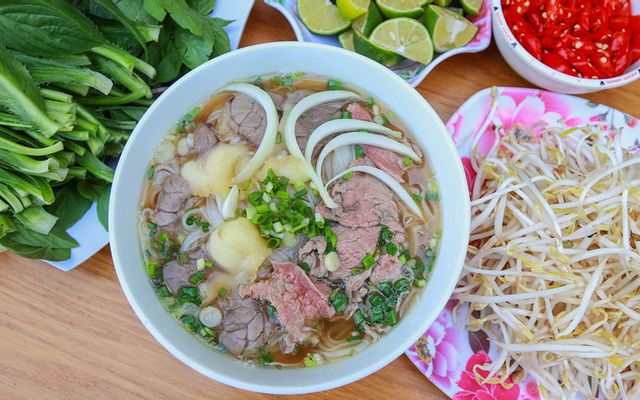
6. Should I use RO water to water my plants?
Reverse osmosis water may not be the best choice for watering some houseplants. Plants are used to absorb minerals and other nutrients in them. On the other hand, certain acid-loving plants can work well with RO water thanks to its low pH level.
Because pure RO water is just water with no other impurities, some serious professional gardeners start taking that water as a base and adding the right nutrients for each plant they’re using. develop. Since they can accurately calculate the concentration of nutrients to be mixed, if pure tap water is used, this ratio cannot be determined.

7. Should I take the RO filtered water for my pet?
RO water is completely good for dogs and cats to drink because it is actually very good for humans
People will also use RO water in their aquariums as a starting point as it allows them to easily adjust to get the water quality needed for each of their fish.
Most homeowners prefer to have a reverse osmosis filtration system installed under their kitchen sink. There’s usually plenty of room, though you may need to find another place to store a few items. If under the sink is not an option, the unit can also be installed in the basement, utility room, closet or garage.
Because the R.O system. There is a faucet included with it, drill an extra hole that may need to be added to your sink or countertop for installation. Some modern sinks later have an extra hole for mounting.
In addition, the home water filter RO system also has the option of placing it in a sealed container, which can be installed anywhere in your home.
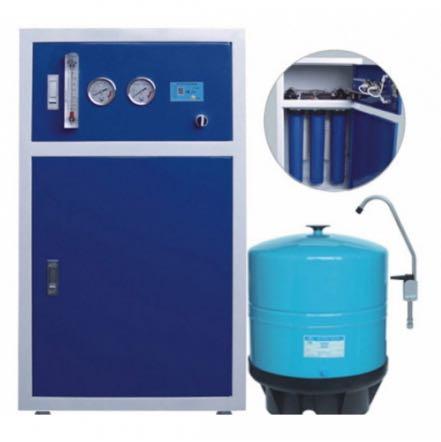
9. Can I install my own RO system in my home?
You can buy your own equipment from a store and try to install it yourself, it may be better to have it professionally installed, as there is a lot more to a configured system. It is more appropriate to connect everything in the right place.
A local professional will consider factors such as the water pressure in your home, temperature, the distance of the tank to the faucet, and overall water quality. This information is also important to understand filter replacement time, maintenance time, etc.
10. How many liters of water will I get per day?
The manufacturer’s product specifications will indicate approximately how many liters your filtration system can produce in a day. However, this number varies depending on factors inside your home:
- Water pressure: High pressure produces more water
- Water temperature: Higher temperature produces more water
- Total Dissolved Solids (TDS): These can clog your membrane or filter and slow water production. The higher the TDS, the lower the RO membrane recovery rate, so less water is filtered out, and the filter system is also faster to maintain and change the membrane.
Reverse osmosis systems are ideally tested at 60 psi (4.2bar) and 77°F (25°C), but your home may have quite different water temperatures and pressures, which will affect output.
Unless other issues are at play, a good R.O almost always produces enough drinking water for a household. The 50GDP RO system can produce 150 l/day (under standard conditions) with continuous operation day and night, thus making the system fast due to maintenance and filter replacement.
11. What is the water temperature after RO filtration?
The water your reverse osmosis system produces is kept in a sealed pressurized tank until you are ready to open the faucet. Depending on the indoor supply water temperature, it will normally come out cool, but not cold.
You cannot adjust the temperature of the water R.O. Most people simply add ice cubes to their drinking water or store the pitcher in the refrigerator. In some cases, you can connect your R.O water to the refrigerator directly.
There are a few cases where by the time you realize that the RO water has suddenly become unusually hot, it is due to one of the following reasons:
- The clogged RO membrane makes the RO pump not release water quickly, the friction between the water and the pump diaphragm increases the water temperature.
- The water supplied to the filter system is not pressurized enough
- The 3 cores of PP, CTO and UDF filters are initially blocked, preventing the water supply to the RO pump and RO membrane
12. Should I add mineral water after RO filtration?
Some people wonder if they are losing out on the health benefits as minerals like calcium and magnesium are removed from the water by RO filtration. In short, according to research, the best way to get these nutrients is through the food you eat.
Some people choose to remineralize R.O. drinking water, which can be made with special drops containing trace minerals or a little bit of mineral-rich sea salt, but the reality is that it is not known how much is needed, may be redundant, may be will be missing…..
13. Is the home water RO filtration system eco-friendly?
Reverse osmosis systems produce some wastewater because it needs to flush contaminants out of the system and down the drain to produce clean water for your home.
However, installing a drinking water system at home has enormous potential to reduce your family’s carbon footprint. If you are currently buying bottled drinking water, after installing an RO system you will create much less plastic waste.
It is estimated that one million bottles of water are sold every minute. Unfortunately, most plastic water bottles are not recycled, ending up in oceans and landfills. You can do your part to reduce this waste with an RO water purifier and a reusable water bottle.
14. What is the maintenance cost of a home water RO filtration system?
The RO membrane and various filters should be changed periodically. Keeping the carbon pre-filters fresh will help protect the membranes from breaking down too quickly. The carbon filter should also be changed every 6 to 12 months while the RO membrane should be changed every 1 to 3 years (average 2 years), depending on water quality and usage.
Neglecting reverse osmosis system maintenance leads to reduced water filtration efficiency and limited finished product flow. If you notice a problem with your device, it could be the filter or membrane that needs replacing.
Of course, this all depends on the initial quality of your RO water and the pretreatment system. A qualified water treatment professional can assess your situation and tell you what an appropriate maintenance schedule should look like. It is better to soften the water in the house before going through the R.O. In this way, the RO membrane device will remove sodium more easily from the drain than the minerals that cause hardness, eventually clogging the membrane.
Take good care of your reverse osmosis drinking water system and it will last for years.
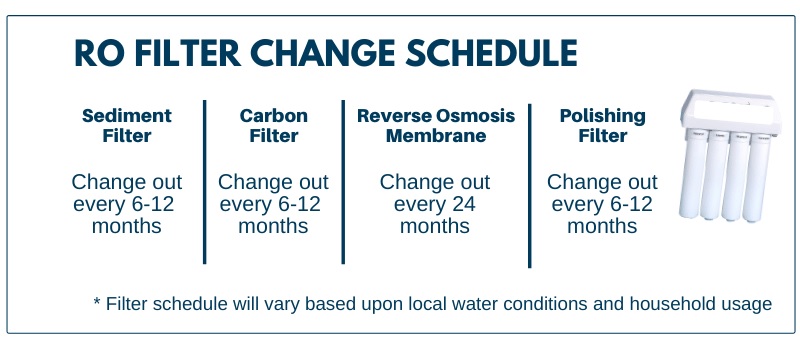
15. Who should I contact to learn more about home water RO filtration systems?
>>> See more articles: Instructions for installing and operating a household water RO filter
>>> See more articles: Instructions for replacing the RO membrane of the household drinking water filter
Any questions you can contact directly:
Song Phung Environmental Trading Service Co., Ltd
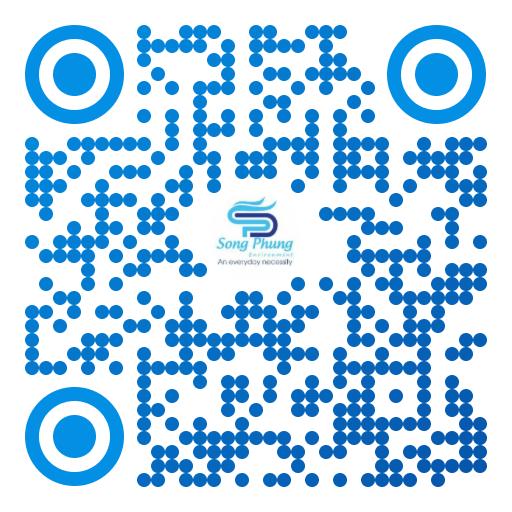
Source: https://cleanwater.com.vn
https://thietbinganhnuoc.business.site/?m=true
Translator: Duong Nguyen Hoang Khang

